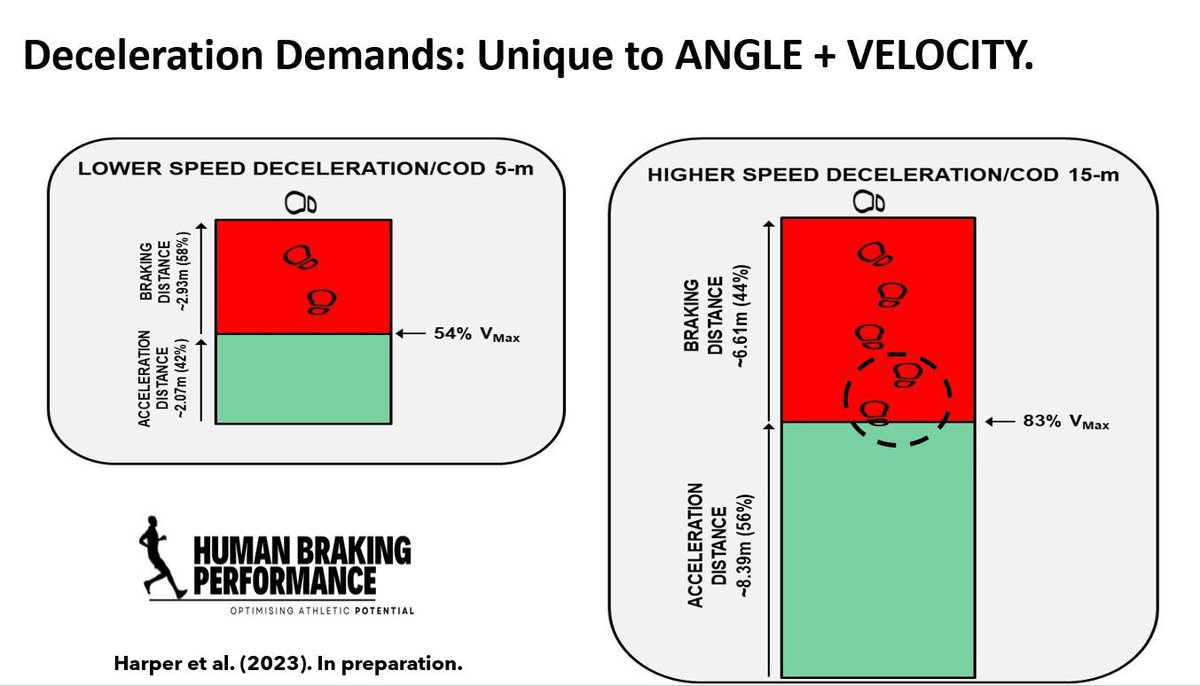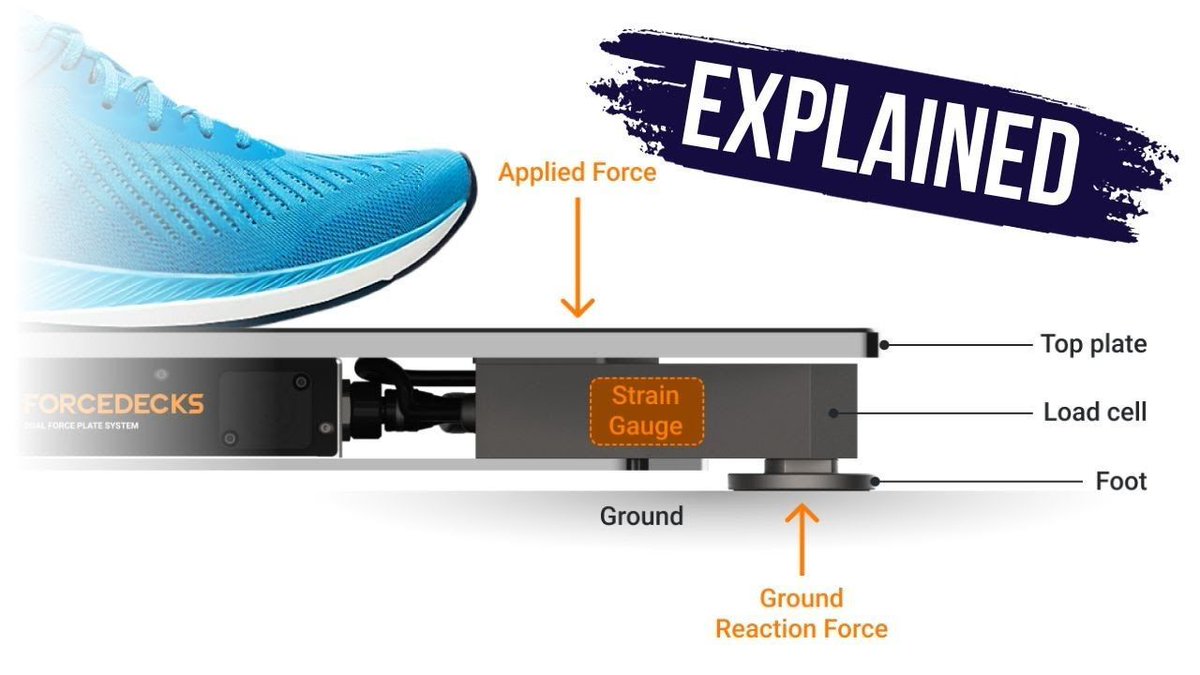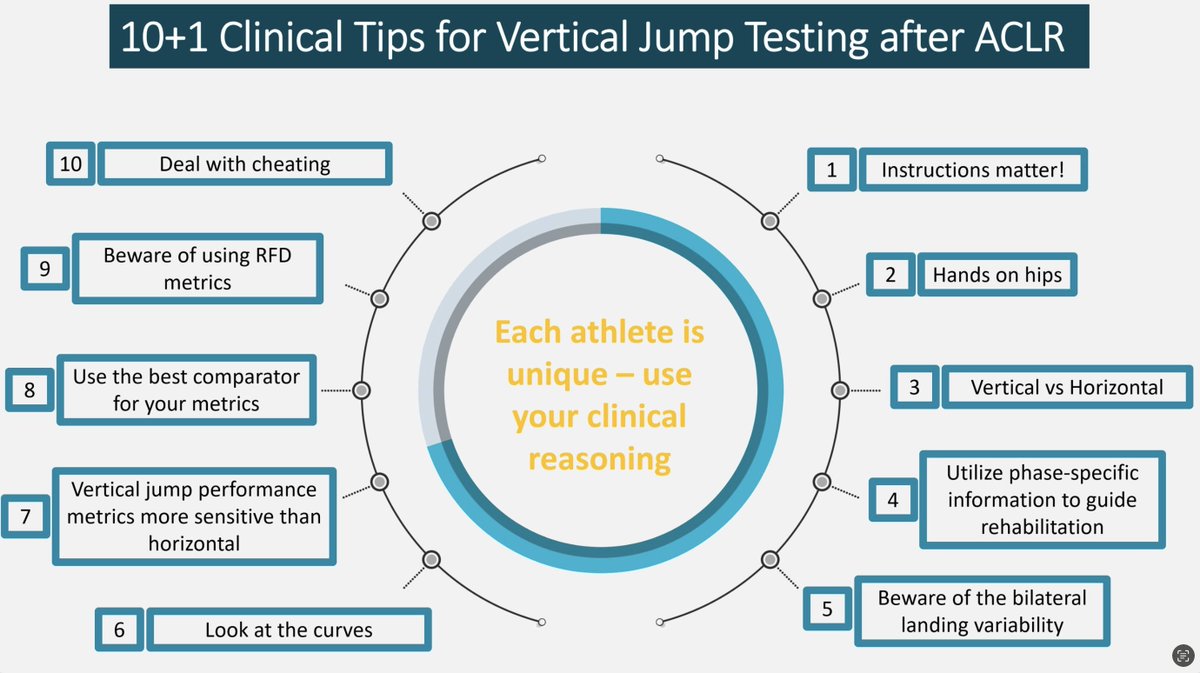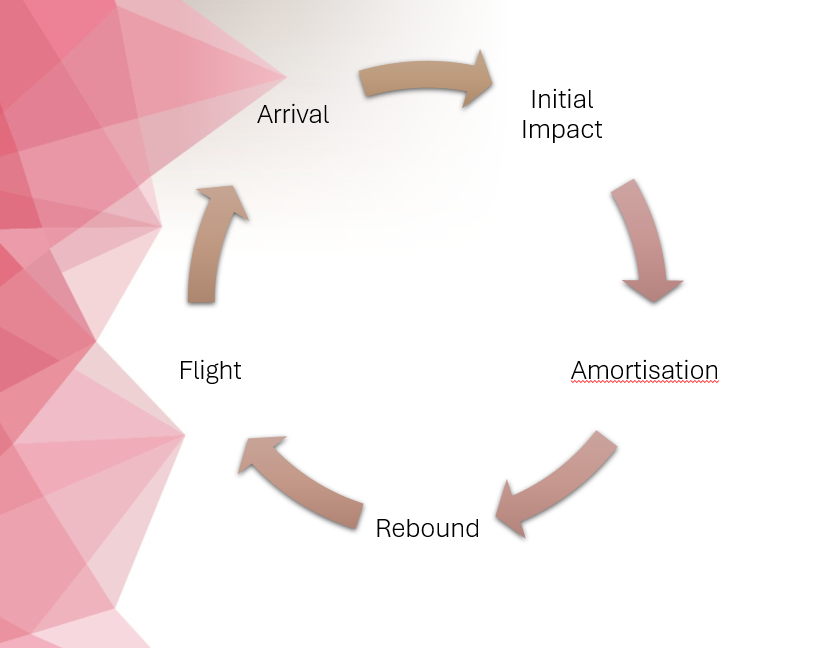
Lucas Galmiche
@lucasgalmiche
Sports Scientist @VALDPerformance | PhD Candidate in Biomechanics @SpohoKoeln | Exploring Braking Ability in Curvilinear Sprints 🔬
ID: 2174822625
https://www.linkedin.com/in/lucas-galmiche-b3b1741ba/ 09-11-2013 18:46:30
2,2K Tweet
185 Followers
142 Following





"It's the deceleration at the end of that movement where we get the space separation... It's deceleration movements where we can generate very high changes in velocity" Deceleration: The most overlooked aspect of athletic movement speed Damian Harper, PhD sportsmith.co/premium/videos/

Had a blast discussing athlete screening, fatigue monitoring and readiness assessments at KV Mechelen today 📊⚽️ Thanks for having me gentlemen, keep up the great work!


Effective management of athletic groin pain requires understanding its multifaceted nature, including training load and biomechanical deviations @prller sportsmith.co/articles/under… via Sportsmith

Amazing work Romain Tourillon & François Fourchet 👏



One of the most creative and surreal ways to communicate your research findings. youtu.be/R-sWznwLLzM?si… Professor Lewis Gough kilian jornet Erik Firdaus


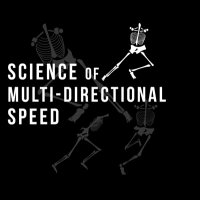

Testing and training curvilinear deceleration in team sports From Lucas Galmiche sportsmith.co/articles/testi…

"Straight line thinking still dominates—and, by doing so, limits—our understanding of deceleration. Athletes do not move, stop, and turn in neat, track-style lanes." From Lucas Galmiche sportsmith.co/articles/testi…

"Most sport-specific decelerations don’t end in a complete stop. Athletes rarely brake to zero. Instead, they modulate speed in response to tactical needs or movement constraints." From Lucas Galmiche sportsmith.co/articles/testi…

Deceleration is not optional. Whether a player is pressing an opponent, preparing for a change of direction (COD), or controlling momentum before a skill execution, braking is fundamental. Lucas Galmiche sportsmith.co/articles/testi… via Sportsmith

"In team sports, deceleration is rarely linear. It’s rarely clean. And it’s never easy. It’s time to look beyond straight lines because the game rarely follows them." From Lucas Galmiche sportsmith.co/articles/testi…

"Integrating curved braking into monitoring and rehab frameworks has the potential to help uncover subtle asymmetries, objectively track return to play progress, and establish more game relevant performance benchmarks." From Lucas Galmiche sportsmith.co/articles/testi…


